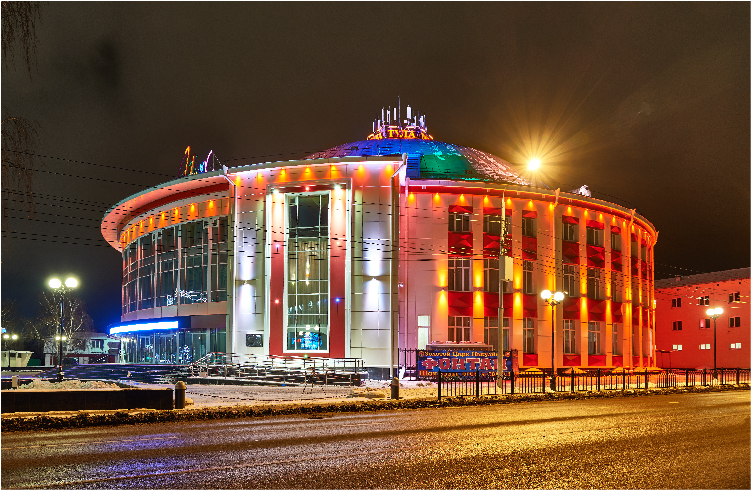In the realm of modern architecture, one cannot underestimate the power of lighting to transform a building into a mesmerizing masterpiece. Among the various lighting techniques available today, LED facade lighting stands out as a cutting-edge solution that is revolutionizing the way buildings are illuminated. With its energy efficiency, versatility, and stunning visual effects, LED facade lighting has become an integral element in enhancing the aesthetics and functionality of architectural marvels around the world.
LED, or Light Emitting Diode, technology has gained immense popularity in recent years due to its numerous advantages over traditional lighting systems. LED lights are renowned for their energy efficiency, consuming significantly less power while producing brighter and more vibrant illumination. This efficiency translates into lower electricity bills and reduced environmental impact, making LED facade lighting an eco-friendly choice.
The versatility of LED facade lighting is another key aspect that sets it apart. LED lights come in a wide range of colors and can be easily programmed to create dynamic lighting effects. Whether it’s a subtle gradient, a rhythmic pulsation, or a bold display of vibrant hues, LED facade lighting allows architects and designers to unleash their creativity and bring their visions to life. The ability to change colors and lighting patterns at will provides endless possibilities for creating captivating visual displays and evoking different moods and atmospheres.
One of the most striking features of facade lighting is its ability to highlight the unique architectural features of a building. By strategically placing LED lights along the exterior surfaces, architects can emphasize specific elements such as curves, textures, or structural details, transforming the building into a work of art that stands out day and night. LED facade lighting allows for precise control over the direction and intensity of the light, enabling designers to sculpt the building’s appearance and create breathtaking visual effects.
Moreover, LED lights are incredibly durable and long-lasting, making them ideal for outdoor applications. They are resistant to shock, vibrations, and extreme weather conditions, ensuring their reliability and longevity. This durability not only reduces maintenance and replacement costs but also guarantees consistent performance over an extended period.
LED facade lighting also offers practical benefits beyond aesthetics. With the integration of intelligent lighting control systems, LED lights can be programmed to adjust their brightness based on ambient light levels or specific time schedules. This feature not only enhances energy efficiency but also improves safety and security by ensuring well-illuminated surroundings.
Furthermore, LED facade lighting contributes to the overall sustainability of a building. By using LED lights, architects and developers can earn points towards green building certifications, such as LEED (Leadership in Energy and Environmental Design), showcasing their commitment to environmental responsibility.
The impact of LED facade lighting extends beyond individual buildings; it has the power to transform entire cityscapes. Skyscrapers, bridges, landmarks, and public spaces illuminated with LED lights create stunning nighttime panoramas that captivate residents and tourists alike. LED facade lighting has become an integral part of urban planning and revitalization projects, breathing new life into cities and making them more vibrant and attractive.
In conclusion, LED facade lighting has emerged as a game-changer in architectural lighting design. Its energy efficiency, versatility, longevity, and ability to enhance the aesthetic appeal of buildings have made it a go-to choice for architects and designers worldwide. With LED lights, buildings become canvases for artistic expression, capturing the imagination of onlookers and transforming the urban landscape into a visual symphony of light. As technology continues to advance, the future of LED facade lighting looks even more promising, offering endless possibilities for creating stunning visual experiences that redefine the boundaries of architectural brilliance.








